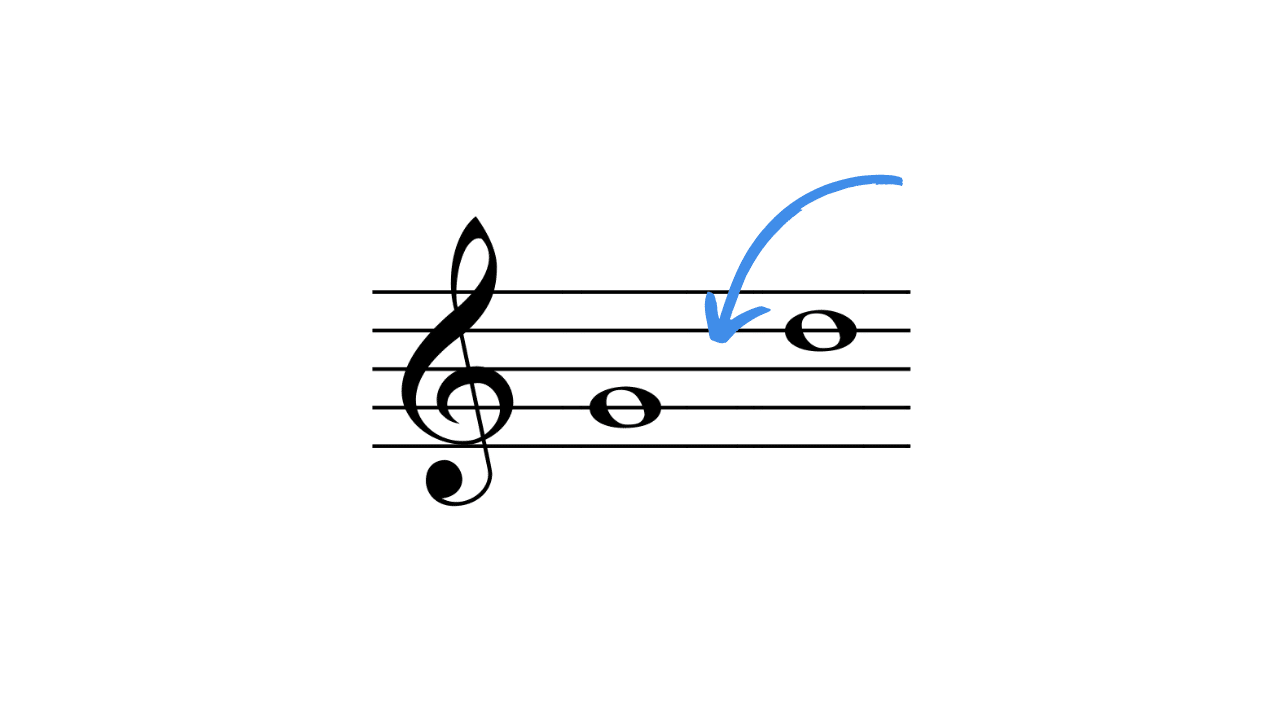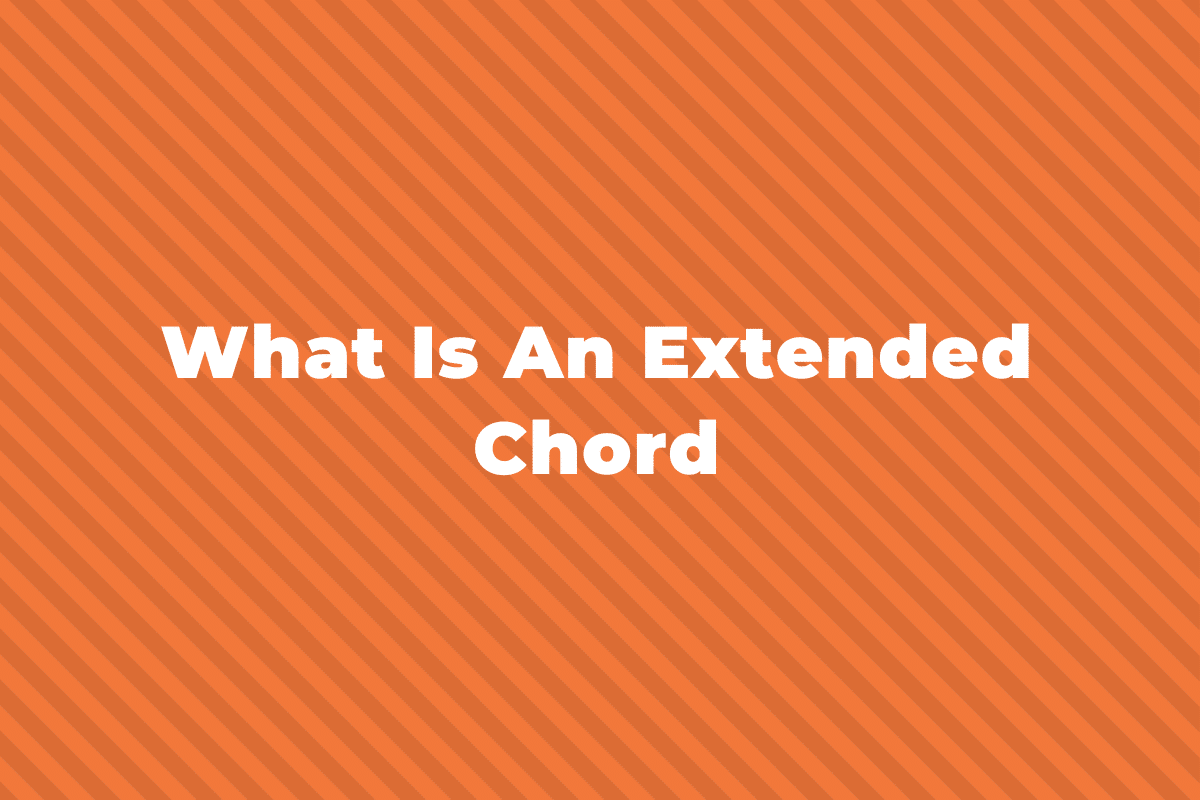In music, texture refers to the number of instrumental parts or voices that exist within a piece, and how they relate to one another. It is one of the key ways that we can talk about or evaluate music, along with other elements such as tempo, dynamics and tonality.
One of the most commonly heard textures is homophony. In fact, there’s a good chance that you heard a song with a homophonic texture the last time you switched on the radio. In this article we’ll encounter a wide range of music: religious hymns, Romantic lieder, grand orchestral pieces, classic pop, swinging jazz and more. Let’s begin.
Quick recap: What is a Homophonic Texture in Music?
A homophonic texture is one where we have multiple voices, but which is dominated by a single melody.
This might take the form of a homorhythmic texture (also called a block chord texture), where all of the parts have the same rhythm.
For example, in many hymns, our ear is drawn to the top line of the choir, the melody, while all of the other parts have different notes but the same rhythm.
The other type of homophony is known as a melody-dominated texture.
This is where we have a clearly dominant melody, along with a subordinate accompaniment part.
An example might be a sung melody that is accompanied by chords played on the guitar or piano.
For a more detailed explanation, you can read our guide to homophonic textures in music here.
1. Claudio Monteverdi – Ave Maris Stella
During the Renaissance period polyphony was the order of the day, as composers attempted to make numerous independent parts fit together with ever-increasing complexity.
In the following Baroque period, composers started to think of music more vertically, with a focus on chords and chord progressions, a way of thinking that would continue all the way into the eras of pop music and jazz.
In this religious choral piece for eight voices, the Italian Baroque composer Claudio Monteverdi makes use of a dense homophonic texture.
There are some moments of greater rhythmic interdependence between the parts, but the overall effect is of chords moving together as one.
2. Wolfgang Amadeus Mozart – Piano Sonata No. 16 in C Major
Alberti bass is a device that was popular during the Classical period, where an accompanying part plays broken chords – where each note of a chord is played consecutively, rather than simultaneously – alongside a more dominant melody.
This is classed as an example of homophony because, although the accompanying part has more of a linear character than many of the more chordal examples here, it is still very much an example of a clear melody and a subservient accompaniment.
The opening of Mozart’s Piano Sonata in C Major is a famous example of an Alberti bass line, with the listener’s ear clearly drawn to the more intricately melodic right hand, rather than the simpler arpeggio figures heard in the left.
Fun fact: although Alberti bass lines are very much associated with the Classical period, a more modern example can be heard in the ending theme of the computer game Super Mario Bros. 2!
3. Franz Schubert – Heavenly Bliss
“Lied” simply means “song” in German, but in the classical music tradition “Lieder” refers to a specific type of art song that was popular during the Romantic period, where composers would set Romantic poems (usually in German) to music for a solo vocalist with an accompanying piano part.
A prodigious talent, the German composer Franz Schubert only lived to the age of 31, but that did not stop him writing over 600 vocal pieces, amongst many other works.
His piece Seligkeit is a musical setting of a poem by Ludwig Heinrich Christoph Hölty, although it is sometimes translated into English as Heavenly Bliss.
It features a melody sung by a female vocalist, while the piano plays a simple, largely chordal, accompaniment.
4. Ludwig van Beethoven – Seventh Symphony, Movement II (Allegretto)
The second movement of Beethoven’s Seventh Symphony, which was premiered in 1813, makes use of homophony in a large orchestral setting.
Although later in the movement we start to hear more rhythmic independence from the various parts, the opening 45 seconds are entirely homorhythmic, with all of the lower string instruments playing in rhythmic unison to create a block chord-type texture.
With its memorable, repetitive melody, this movement has proved extremely popular over the years, and it is often performed independently of the rest of the Seventh Symphony.
5. Scott Joplin – Maple Leaf Rag
Scott Joplin is the most important and best-known composer of ragtime, a syncopated style of music that came to prominence in America around the turn of the 20th Century, and which would go on to be a major influence upon the development of jazz.
Along with “The Entertainer,” “Maple Leaf Rag” is one of Joplin’s most famous piano pieces, and this recording was made on a Pianola roll by the man himself.
The composition employs a homophonic texture, in that a dominant melody in the piano’s right hand is accompanied by a subservient left hand part.
This accompanying part makes use of virtuosic ‘stride piano’ technique, in which the left hand jumps between alternating bass notes and mid-register chord clusters.
6. Miles Davis – Billy Boy
Miles Davis’ 1958 album Milestones is regarded as a touchstone in the development of modal jazz.
But the track “Billy Boy” is a little more traditional in its treatment of an old American folk song.
In fact, despite being under Davis’ name, the trumpeter does not actually appear here at all; instead, the number is a feature for Red Garland, the pianist in Davis’ quintet, along with the rest of the band’s rhythm section.
Garland was known for his use of block chords – where thick chords, spread across the keyboard with both left and right hands, move in parallel to create a rich homophonic effect.
These are on full display here as Garland plays the melody for the first minute or so, with the tune ringing out at the top of the chords.
Underneath this, double bassist Paul Chambers lays down an accompanying walking bass line while “Philly” Joe Jones’ explosive swing beat is played using brushes around the kit rather than with the usual drum sticks.
7. Count Basie – Lil’ Darlin
Big bands, or jazz orchestras, generally play detailed written arrangements, in contrast to the often more spontaneous nature of small-group jazz.
These arrangements often make use of homorhythmic textures, which creates an effect that is rather like Red Garland’s block chords.
However, instead of merely being played by two hands at the piano keyboard, the chords are orchestrated across the saxophone, trumpet and trombone sections of the big band.
“Lil’ Darlin,” an eternal favourite of big bands around the world, was written and arranged by Neal Hefti for the Count Basie Orchestra.
It is notable for its extremely slow swing tempo, which showcases its use of rich block chords.
Famously, it requires great skill for a band to be able to play the piece accurately, as it relies upon a huge amount of precision in terms of the band phrasing in exact rhythmic unity.
8. Joni Mitchell – Big Yellow Taxi
Like most modern popular music, this song features a single vocal melody, accompanied by a chordal backing, which in this case comes from Mitchell’s acoustic guitar.
The entrance of backing vocals at various points increases the density of the homophonic texture.
9. Simon and Garfunkel – Scarborough Fair
Lots of folk music uses a simple melody-and-accompaniment style texture.
As with lots of popular music, this allows the listener to focus upon the lyrics and the vocal quality of the main performer.
This, from a live performance in New York, is a cover of a traditional English song by the American folk-rock duo Simon and Garfunkel.
The broken chords heard on the acoustic guitar are actually somewhat reminiscent of the Alberti bass line heard in the Mozart piano sonata.
10. The Vanderbilt Melodores – Take Me To Church
A cappella refers to vocal music that does not have any instrumental accompaniment.
An a cappella choir does not have harmony provided by a piano or band, but will instead provide its own chordal texture with melody and accompaniment parts spread across the various voices.
In this performance by the Vanderbilt Melodores, an a cappella group from Vanderbilt University in Nashville, Tennessee, we hear a soloist singing the melody line, while the other choir members sing a chordal, mostly wordless, backing.
The piece, “Take Me To Church”, is originally by Irish singer-songwriter Hozier.
Summary
So, that concludes our look at some examples of homophonic music.
We hope you’ve enjoyed listening to and learning about what is probably the most commonly heard texture in Western music.
Next time you listen to the radio, why not listen out for some more examples of homophony?
You shouldn’t have to wait long, given the dominance of melody-and-accompaniment textures in modern popular music.
But, as we’ve seen and heard, we can also find homophony in a variety of other styles, from Baroque choral music to modern a cappella, via ragtime, folk and jazz.



